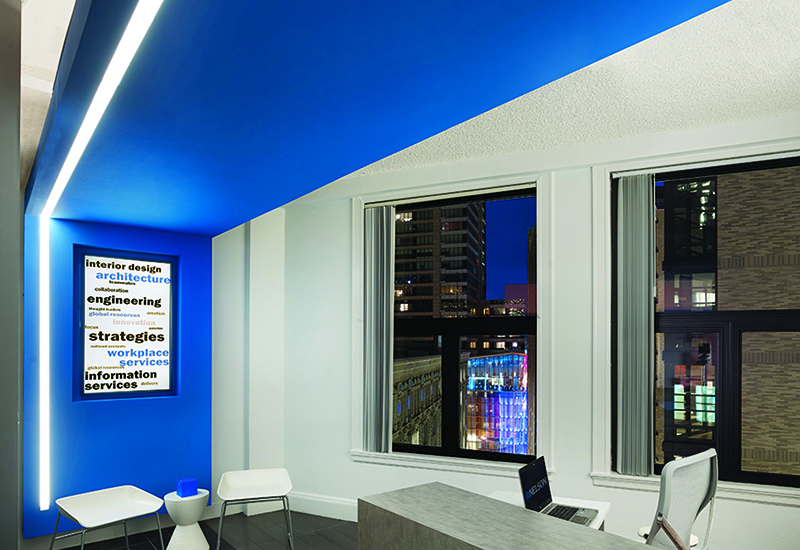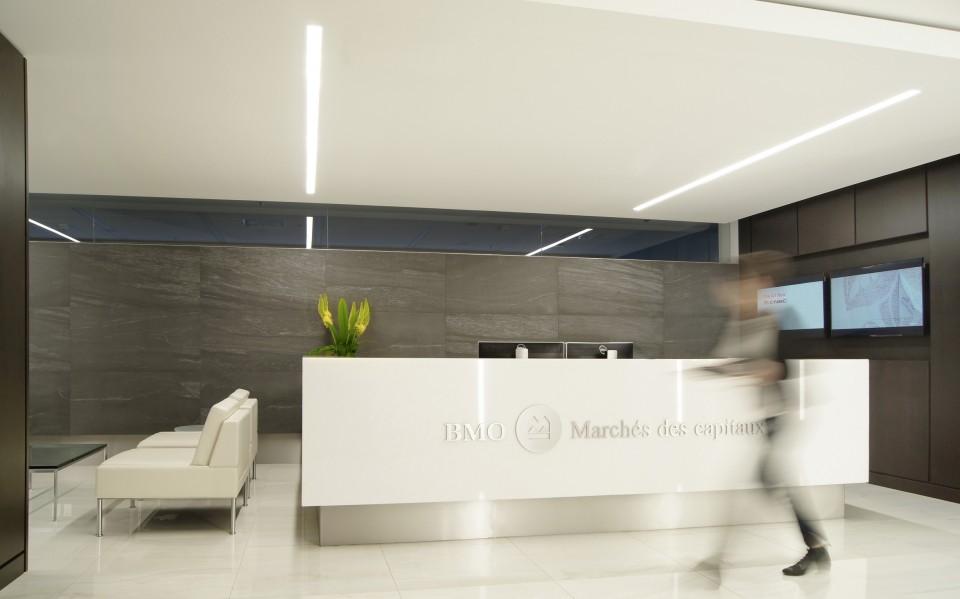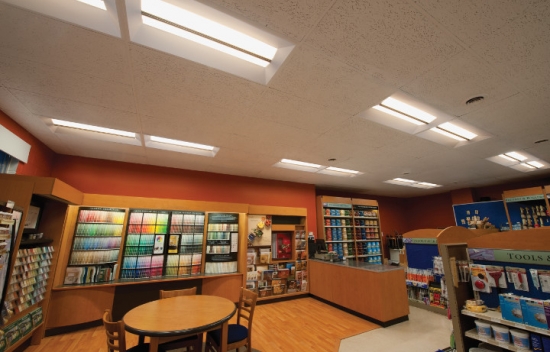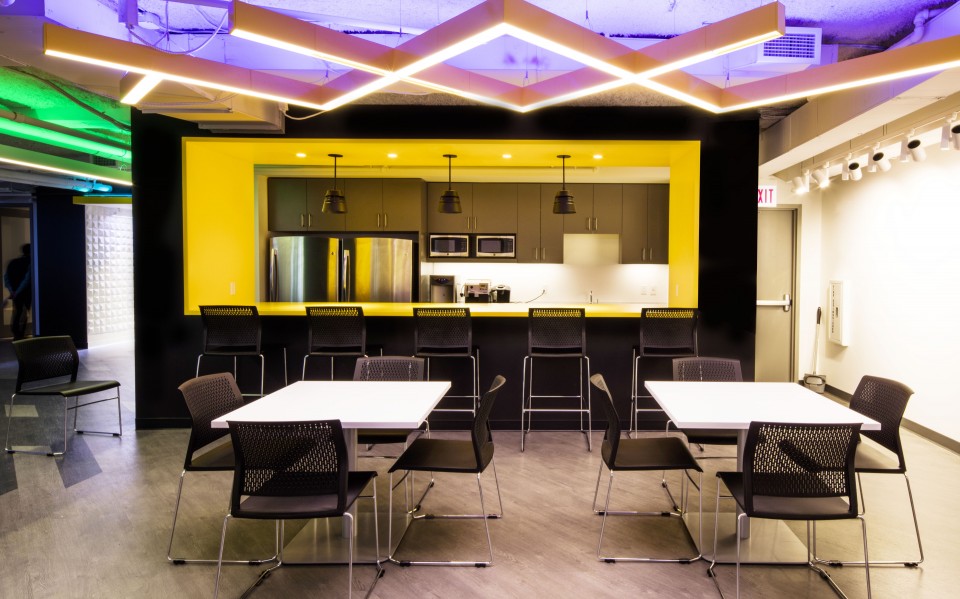Lighting Tips

Lighting Controls Systems Are Getting More Connected, Here’s How To Keep Up
Connected Lighting Is Here, Now What? Lighting control systems today are evolving as rapidly as...
Read Article
Nelson Architects – Birchwood Jake 325 LED
For the last few years, the most aggressive marketing around lighting has involved digital lighting controls and features. Wireless controls via Bluetooth or Wi-Fi. Lighting that ties into the internet of things and can sense the presence of shoppers. Lighting as a vector for data is something that even I have written about in this space. What’s been missing from the conversation for a long while is a discussion of the quality of light. We’re so busy discussing lighting a tool for other things, we’re not talking about it as what it is – fundamental to how we enjoy a space.
At SDA we represent specification grade lighting. That phrase “specification grade” is often thrown away – as if it refers to choosing different trim finishes. The term is worth revisiting. We believe that lighting fixtures are tools for creating permanent beautiful light in a space and that every facet of the light is important creating the overall experience. That might conjure a track light or a linear wall grazer against a façade – something where the specifics of the lighting fixture will have a dramatic effect on the subject being lit. But it matters for simple fixtures too. So let’s take an example that’s specified everyday – the simple linear slot.

BMO Capital Markets Headquarters – Lumenline by Lumenpulse
Linear slots have been the next step up in commercial lighting for a long time now. If you’re upgrading from 2×2 troffers, the usual move is recessed, surface or pendant mounted linear slots. I want to simplify the conversation even more, so let’s narrow it down to recessed slot.
The first question architects often get ask is “How much light do I need in my 10 foot ceiling?” There is subsequent frustration when the answer comes back, “Well, it depends.”
A spec grade linear slot has many moving parts and every one of them will effect the look and feel of the space. First, let’s talk about aperture width. Linear slots can be specified as narrow as 1/2″ if you use a fitting that replaces the T-BAR of an acoustical tile ceiling, but the more light you push through a small opening the harsher that light will be the eye. That might he tolerable in tall ceiling applications then again it might not. In a ten foot ceiling a 2″ slot will feel hasher to the eye than a 3″ or 4″ slot. This must also be considered against the contrast of the dark ceiling the more narrow a bright beam of light the darker the ceiling will feel by contrast. Five-hundred lumens per foot will feel softer in a wide aperture. A drop lens will enhance ceiling brightness and reduce contrast, a regressed lens will enhance it.
Somehow it’s been decided that 3500K is the color temperature of choice for commercial office space (side note: this is not the case in Europe and they think we are crazy) but defaulting to 3500k means we’re not thinking about our finishes or contributing daylight. Sunlight is much cooler than 3500k and if you’ve designed a sunbathed office space it might make sense to trend cooler. Conversely, if the interior finishes are walnut with warm carpets it would make sense to enhance that warms with a 3000k source.

Augusta Paint and Decorating – Lit with Cree CR14 troffers. Providing 90+ CRI for better rendition of color chips
Are you lighting an office for a law firm or a marketing agency? Will your clients be looking at long paper-printed documents or will they be mocking up graphics on poster boards and on big conference room screens? Knowing the use case of the space will go a long way to deciding what CRI makes sense for the space. Higher color rendering incurs higher cost, but the value of the higher quality lighting is worth it.
(Cost versus value in lighting is a whole other post I could write – maybe soon)
Of course I don’t have to tell you that the finish of the fixtures is important it will visually relate your fixtures to rest of the space, but not all white finishes are equal. Powder coating or wet-paint process? Besides white what are the “standard” finishes available? How does the lens meet the trim? Is it flush, is it regressed or does it fall below the ceiling line. This is more than simply an aesthetic choice they will also affect how the light is perceived in the space. When it comes to dimming of course there’s 0-10V dimming, considered something of a standard when it comes to LED, even in this not all fixtures are created equal. Most dimming inexpensive dimming drivers cut off at 10%, others dim down to 1% or even .1% is this important to your application? Maybe, more likely, you’ll want to ensure smooth dimming and performance on the specified dimmer.
EM batteries – how are they attached to the fixture and made accessible? How many fixtures are you installing? Would a central inverter be simpler and more cost effective? All things to consider when specifying this fixture.

Lumenline with RGB uplight – a very special feature
Maybe tunable white light makes sense for your client? Maybe, dim-to-warm technology?
All of this adds up to a fixture that is just a bit more complicated than a slot in the ceiling. Your rep at SDA can help you decide what features are beneficial or necessary to the design. Of course you can also hire a lighting designer, if it’s time to really think through how the light will work with the rest of the space. Either way, don’t settle for basic when it comes to the light you employ in your space. There is no substitute for spec grade fixtures.
Fill out the form below and we'll be in touch as soon as possible.